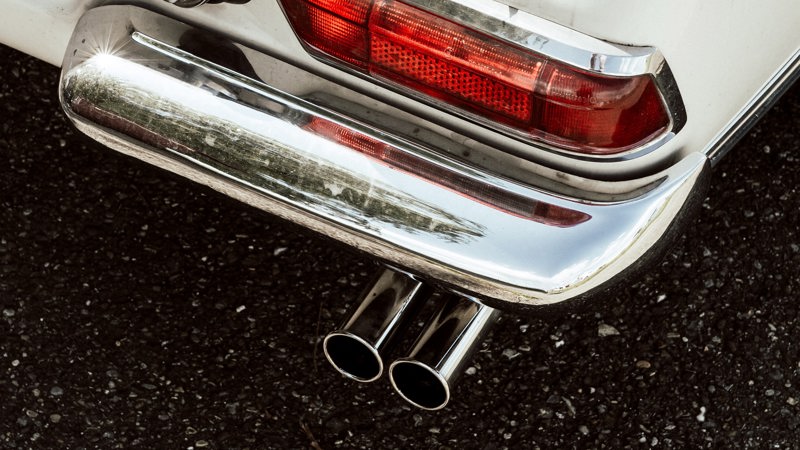
Road transport is responsible for 20% of total EU CO2 emissions. To achieve the EU Green Deal target of cutting emissions by at least 55% below 1990 levels, by 2030, there needs to be a mix of alternative options, such as (battery and fuel cell) electric vehicles, gas mobility and synthetic fuels.
In a study on behalf of the Natural & bio Gas Vehicle Association (“NGVA Europe”) Frontier analyses carbon emission reductions and the costs associated with some of these options for two vehicle types as an example: passenger cars and trucks. Whereas EU policy, such as the CO2 fleet targets for new registrations of vehicles are limited to ’tank-to-wheel’ emissions - and therefore favour electric vehicles irrespective of the CO2 intensity of the electricity – our analysis takes into account emissions and costs along the whole value chain. The focus of the study is the near term up to 2030.
Our broader analysis reveals a more balanced picture that supports the deployment of multiple technological options in the near term to decarbonise road transport. For a compact class passenger vehicle, it shows that, a gas vehicle running on a 40/60 mix of compressed biomethane and compressed natural gas has similar total emissions as a battery electric vehicle. Both technologies save significant carbon emissions compared to a fossil gasoline reference.
For gas mobility these emissions savings come at comparably low cost, because vehicle manufacturing cost (the key driver for total cost over the lifetime of a vehicle) are only marginally higher than those of gasoline vehicles. Battery electric vehicles have significantly higher costs today, mainly due to high manufacturing costs for batteries. And while battery costs can be expected to reduce substantially, manufacturing costs of battery electric vehicles are still expected to be higher than those of gas vehicles in 2030. In summary, the cost of reducing one ton of CO2 by substituting a gasoline passenger car by a gas vehicle is likely to be lower than by replacing the gasoline car by a battery electric car in a 2030 time horizon. There is, however, significant uncertainty about future developments of emissions and cost, particularly with regards to the manufacturing emissions and cost associated with battery electric vehicles. The same holds for future developments of fuel cell electric trucks and costs of renewable and low-carbon hydrogen to power these fuel cell trucks.
The future policy framework should create a level-playing field for a mix of technology solutions to contribute to road transport decarbonisation. The challenge is too vast and urgent, transport demands too complex and the future development of technology too uncertain to focus all efforts on a single technology (such as electric vehicles). Decarbonisation contributions, for example from combustion engine vehicles fuelled by renewable and low-carbon fuels, should not be implicitly ruled out by a framework that narrowly focusses on parts of the value chain, such as the current EU fleet target approach does with its limitation to tailpipe emissions.
Frontier regularly advises on decarbonisation, renewable fuels and regulatory design.
For more information, please contact media@frontier-economics.com or call +49 (0)221 337130.









